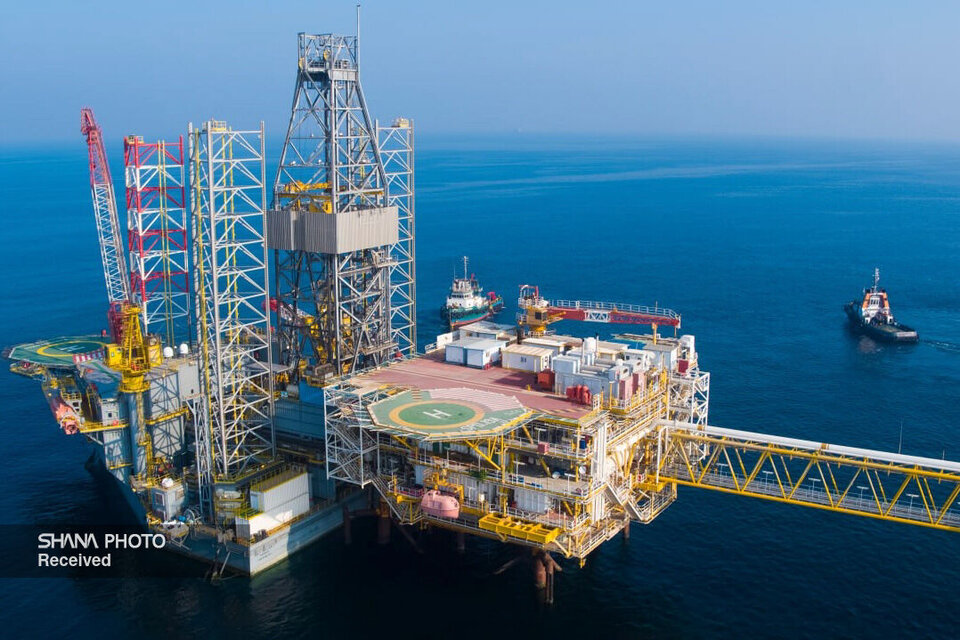Hasan As’adi, during a visit by members of the Parliamentary Special Committee for Supporting Production and Implementing Article 44 of the Constitution to various units of the fifth refinery, stated on Wednesday that projects to reduce flare gas emissions and sulfur dioxide, based on a cabinet resolution, have been assigned to the South Pars Gas Complex in the form of three projects.
As’adi emphasized that a one-year short-term project for procurement and implementation is underway, and refineries one through ten have held tenders for flare gas reduction, with domestic contractors already selected.
The deputy of Site 2 at the South Pars Gas Complex added that in 1401 (2022), flare gas reduction at 12 South Pars refineries was recorded at 8.7 million cubic meters per day.
As’adi noted that the National Iranian Gas Company’s share of flare gas reduction accounts for 19% of the total flare gas reduction in the country. He expressed hope that through significant measures and precise implementation of plans, flare gas reduction would reach 5.3 million cubic meters by the end of this year and further decrease to 3 million cubic meters per day by 2025 across the 12 refineries in the complex.
2 bcm increase in production
As’adi highlighted that through the efforts of specialists and staff across the South Pars refineries in 2023, production increased by 2 billion cubic meters compared to the same period last year. This increase is equivalent to three days of the country’s total gas consumption during winter.
The deputy of Site 2 at the South Pars Gas Complex stated that over the past three years, the complex has led the way in supporting first-time builders and knowledge-based companies, representing the National Iranian Gas Company, by awarding the highest share of projects to domestic builders, first-time contractors, and knowledge-based firms, as well as utilizing domestic products. The complex has been a pioneer in this area within the Ministry of Oil.
As’adi pointed out seven key strategic products of the South Pars Gas Complex, including the daily production of over 595 million cubic meters of sweet gas. Since the beginning of this year, more than 182 billion cubic meters of sweet gas have been sent from South Pars refineries to the national grid, providing warmth to households during the cold season.
He also mentioned that ethane, another product of the complex, supplies about 45% of the feedstock for petrochemical plants in the South Pars region. Other products include propane and butane, which have high added value for the country and are exported daily.
Daily production of over 710,000 barrels of gas condensate
As’adi highlighted the production of gas condensate at the refineries of the complex, noting that over 710,000 barrels of gas condensate are produced daily across 13 refineries. This production fully supplies the feedstock for the Persian Gulf Star Refinery and the Nouri (Borzuyeh) Petrochemical Plant.
As’adi added that another strategic product of the complex is odorant, which is produced and operated at the first refinery by skilled domestic specialists. The natural gas odorant production unit is the only one of its kind in the Middle East and one of the few globally. The produced odorant, used in gas pipelines and considered a strategic industrial material, has been localized by capable domestic experts, breaking the monopoly of other countries.
The official emphasized that, thanks to the round-the-clock efforts of specialists at the first refinery and the support of the National Iranian Gas Company’s coordination and production supervision management, current production has reached approximately 550 tons per year after numerous technical measures.


Your Comment